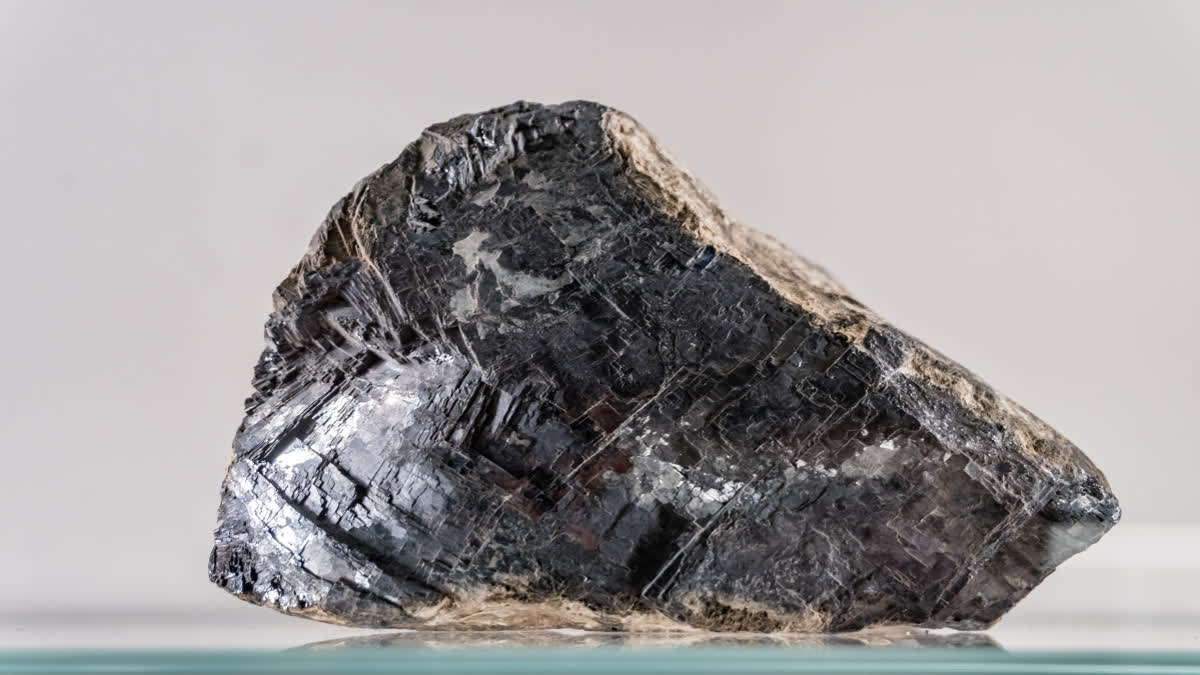New Delhi:The Union Cabinet on Thursday approved the royalty rates for 12 critical and strategic minerals--beryllium, cadmium, cobalt, gallium, indium, rhenium, selenium, tantalum, tellurium, titanium, tungsten and vanadium--according to an official statement issued after the meeting, this completes the exercise of the rationalisation of royalty rates for all 24 critical and strategic minerals.
The government had earlier notified the royalty rate of four critical minerals: glauconite, potash, molybdenum and platinum group minerals on March 15, 2022, and of three critical minerals viz., lithium, niobium and rare earth elements on October 12, 2023. Critical minerals are used for making high-tech products ranging from solar panels to semiconductors and wind turbines to advanced batteries for storage and transportation.
The Mines and Minerals (Development and Regulation) Amendment Act, 2023, which came into force on August 17, 2023, had recently listed 24 critical and strategic minerals in Part D of the First Schedule of the MMDR Act. The amendment provided that the mining lease and composite licence of these 24 minerals will be auctioned by the Central government.
Thursday’s approval of the Union Cabinet for the specification of the rate of royalty will enable the Central government to auction blocks for these 12 minerals for the first time in the country. The royalty rate on minerals is an important financial consideration for the bidders in the auction of blocks. Furthermore, the manner for calculation of the average sale price (ASP) of these minerals has also been prepared by the Ministry of Mines, which will enable the determination of bid parameters.
The Second Schedule of the MMDR Act provides royalty rates for various minerals. Item no 55 provides that the royalty rate for the minerals whose royalty rate is not specifically provided therein shall be 12 per cent of the average sale price (ASP). Thus, if the royalty rate for these is not specifically provided, then their default royalty rate would be 12 per cent of ASP, which is considerably high as compared to other critical and strategic minerals.
